Don’t worry, this isn’t a review! Microsoft and developer 343 Industries’ Halo 5: Guardians multiplayer beta launched Monday, and we’ve only had a glimpse of the levels and gameplay modes to come before it wraps on January 18. At this point, we’re still waiting on five additional maps (of seven total) and two additional game types (the beta’s just “Slayer,” i.e. deathmatch, so far). So we’d be remiss to make too much of what we’re seeing here.
But we can say a little. The two levels available now are tiny 4v4 team arena battles—first team to 50 kills wins—that run for 10 minutes each, with all the topsy-turvy, tactically grinding, kinetically anarchic exuberance that accompanies squeezing eight trigger-happy players into cramped multilevel spaces with curling tunnels, climbable platforms and dead-end corners.
If you’re new to Halo multiplayer, or simply out of practice (like me), your first several matches may quash your enthusiasm. You have to play 10 matches to be properly ranked and matched, and in those initial rounds, vets will prowl and prevail over the battlefield in killer twos and threes. But stick around and you’ll discover several fascinating wrinkles, from the pleasures of sprint-smashing and jump-clambering, to the way medals and callout announcements improve your ability to suss the game you’re playing.
Stuff that seems to work so far
Medals and announcements improve the invisible battle narrative
Halo 5 introduces medals that manifest when you pull off a noteworthy move or support a teammate. Some are balking, but consider this: kills, assists, reversals, and combinations help ground your sense of accomplishment over the course of each 10 minute session, and your sense of “what just happened?” improves considerably. Even “distraction,” a passive medal awarded for diverting an opponent’s attention as a teammate delivers the coup de grace, helps you better figure out what’s going on and why.
Ditto voice announcements, whether the game’s squawking about a spawn-in weapon’s availability, or speaking on your (or your teammates’) behalf, identifying some tactically helpful occurrence, like who just grabbed what.
Think of medals and voice announcements as vital battle information disguised as salutary rewards: they contextualize actions you’d otherwise miss entirely in confusing eruptions of activity.
Sprint-assaults and clambering (ledge-climbing) don’t break the game
Cynical comparisons to Titanfall and Call of Duty don’t really work here, because broken up, Halo 5‘s refined Spartan gameplay—focused on map and weapons control in close-quarters—feels nothing like either of those games. Halo 5 is faster-paced, granted, but the resemblances end at pacing generalities.
Sprinting feels a trifle faster than in Halo 4, but provides enough oomph to facilitate longish jumps between platforms that require deftly executed clambers, and sprint-assaults (a.k.a. the “Spartan Charge”) adds a satisfying timing element to melee situations that rewards skillful combo maneuvering: attack from the sides or front and you’ll damage shields, attack from behind and it’s a one-hit execution. I can’t tell you how many times I’ve whiffed melee encounters because I misjudged distance, though I’m getting better; there’s a welcome learning curve to perfecting this move.
(Why no mention of Ground Pound, a charge maneuver that lets you one-drop kill an enemy with splash damage? Because the maps don’t really encourage its use, nor, to date, have I witnessed anyone else using it, which may or may not–I need to play a whole lot more–speak for itself.)
It’s as smooth as any of the Master Chief Collection remasters
The beta runs at 720p and at or near 60 frames per second continuously. I’d be just as happy playing at 30 (indeed, I prefer the look and feel of 30), but I realize purists, especially hardcore shooter wonks, prefer and arguably benefit from 60’s heightened frame continuity when finessing split-second maneuvers or tracking shots.
See The 15 Best Video Game Graphics of 2014




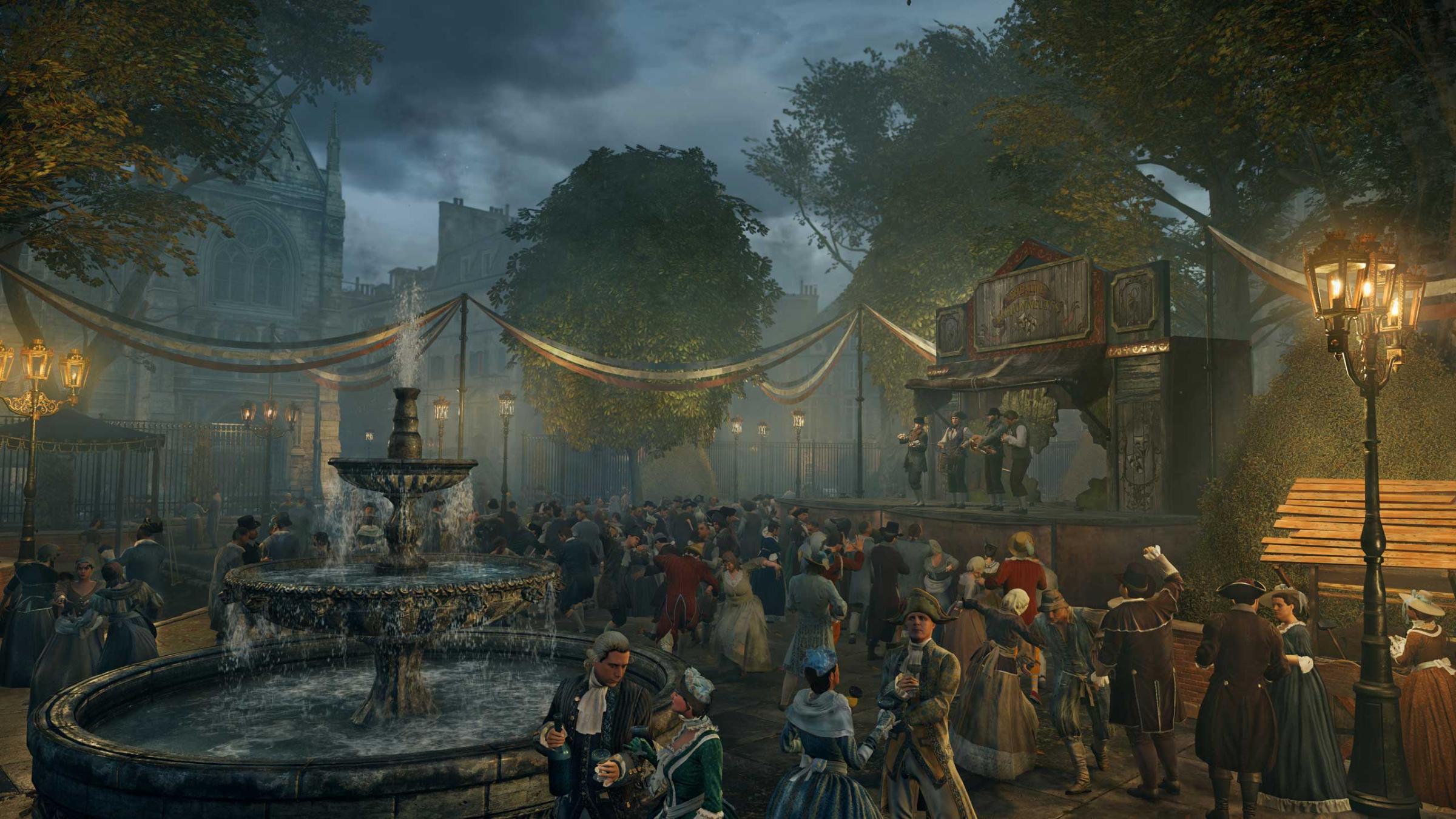
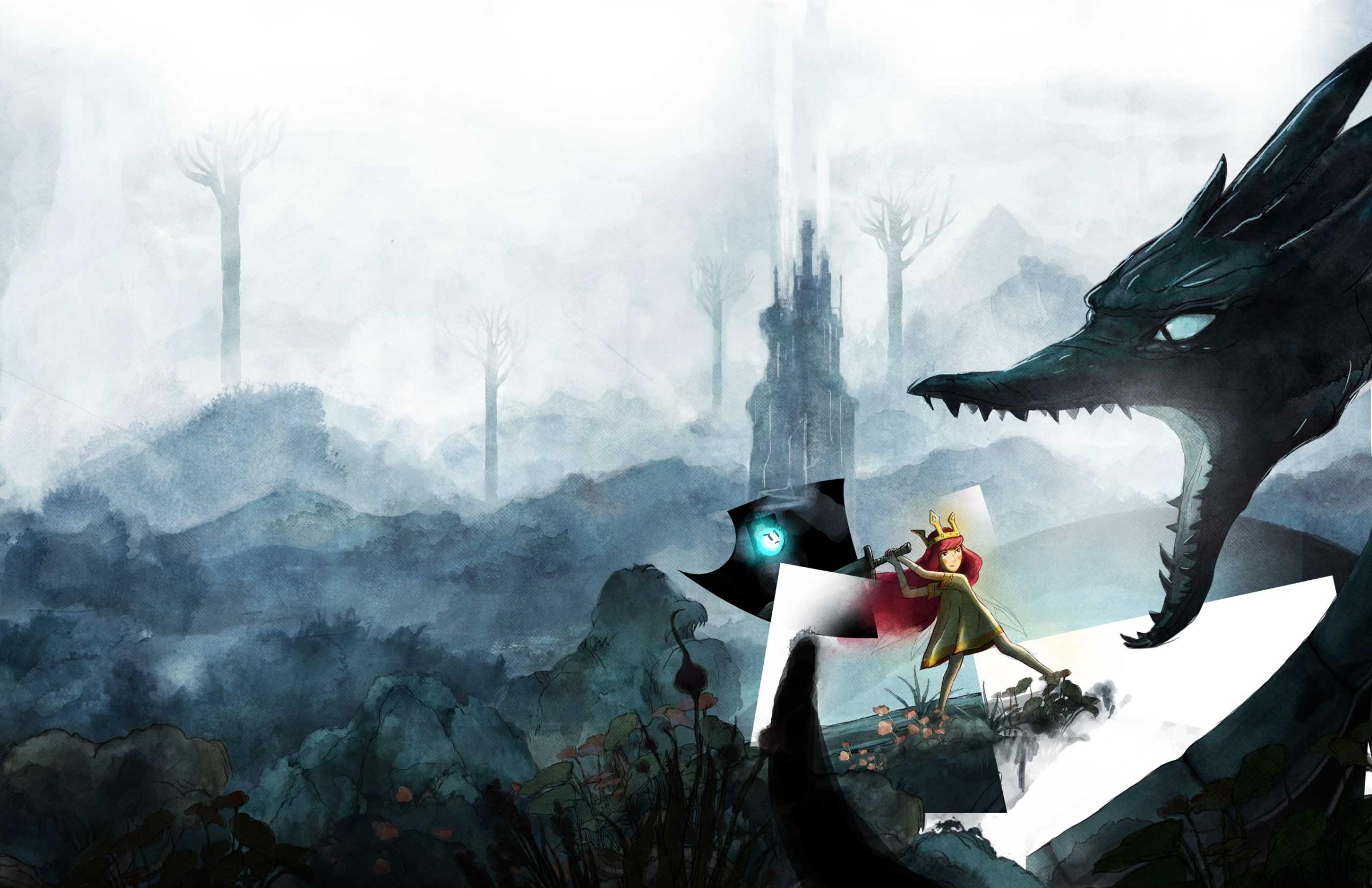
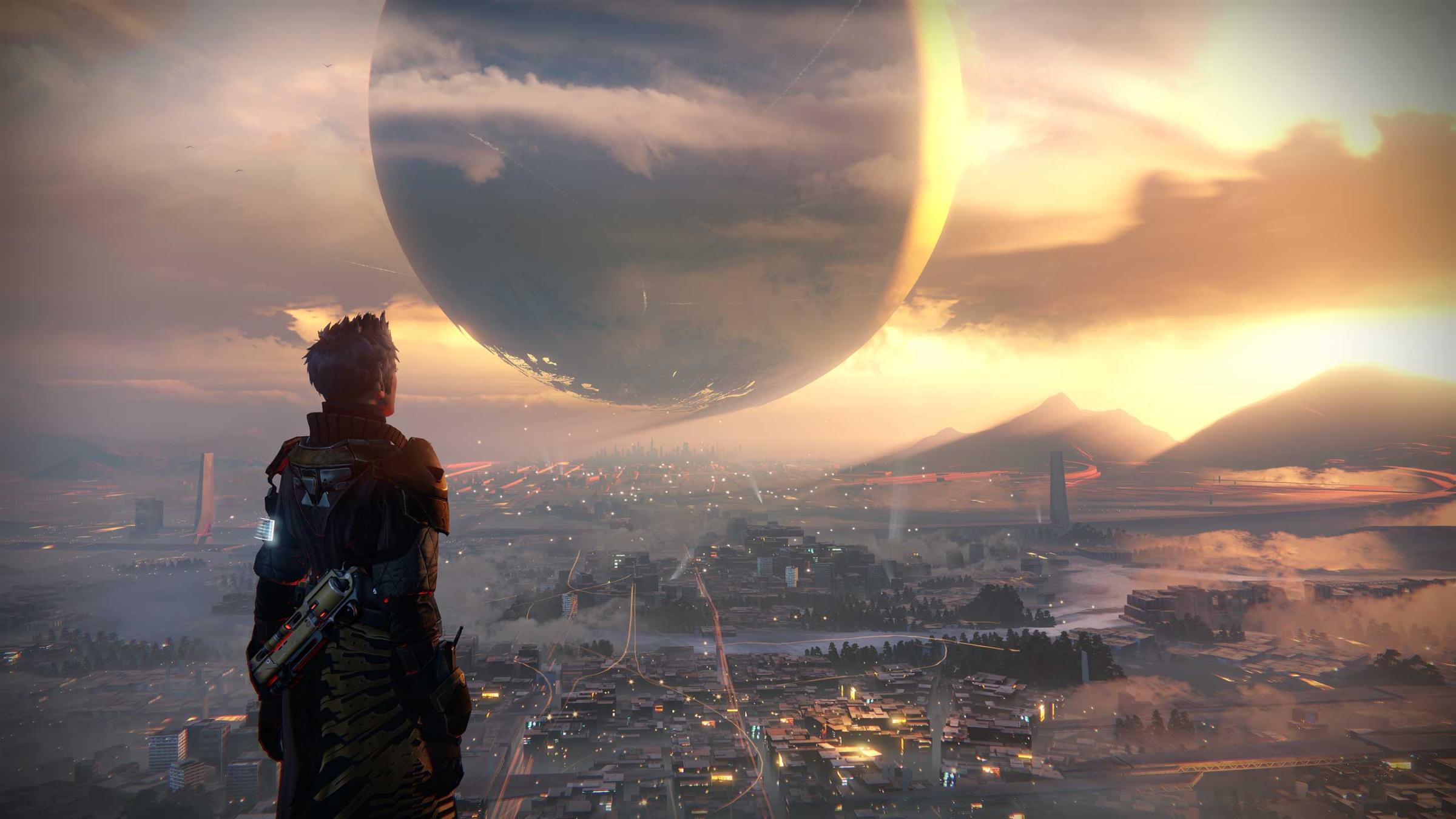
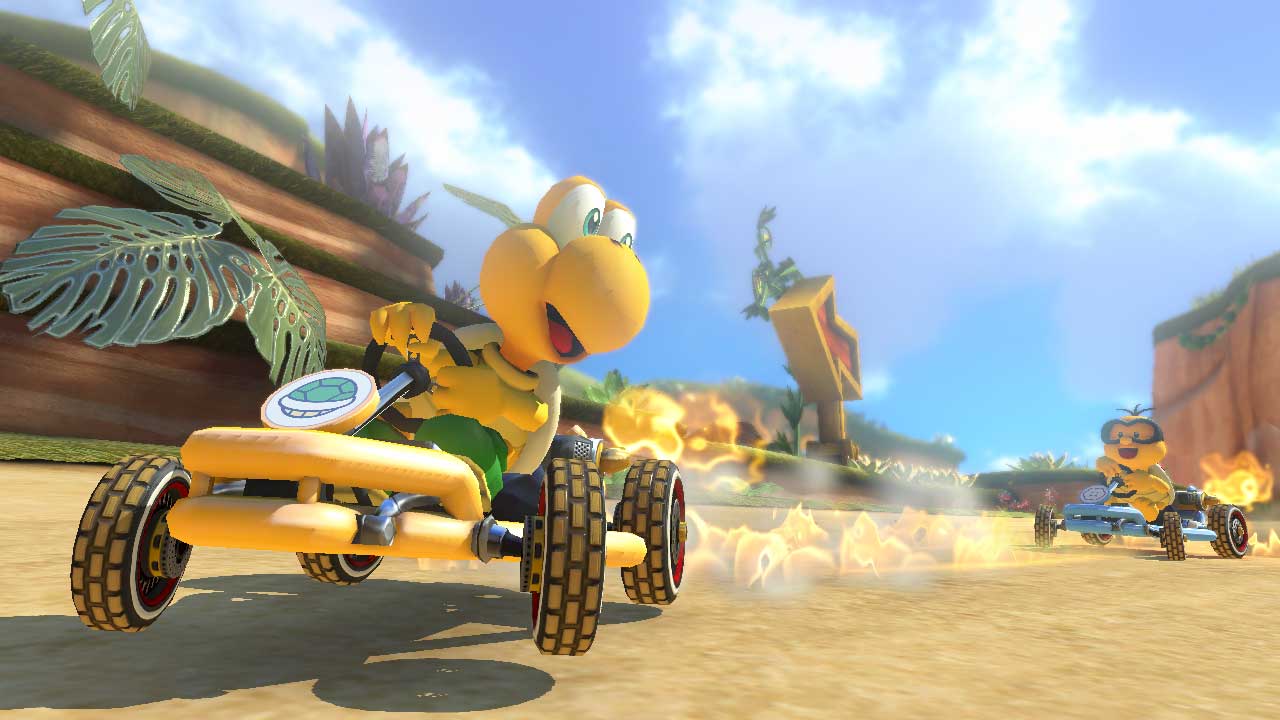
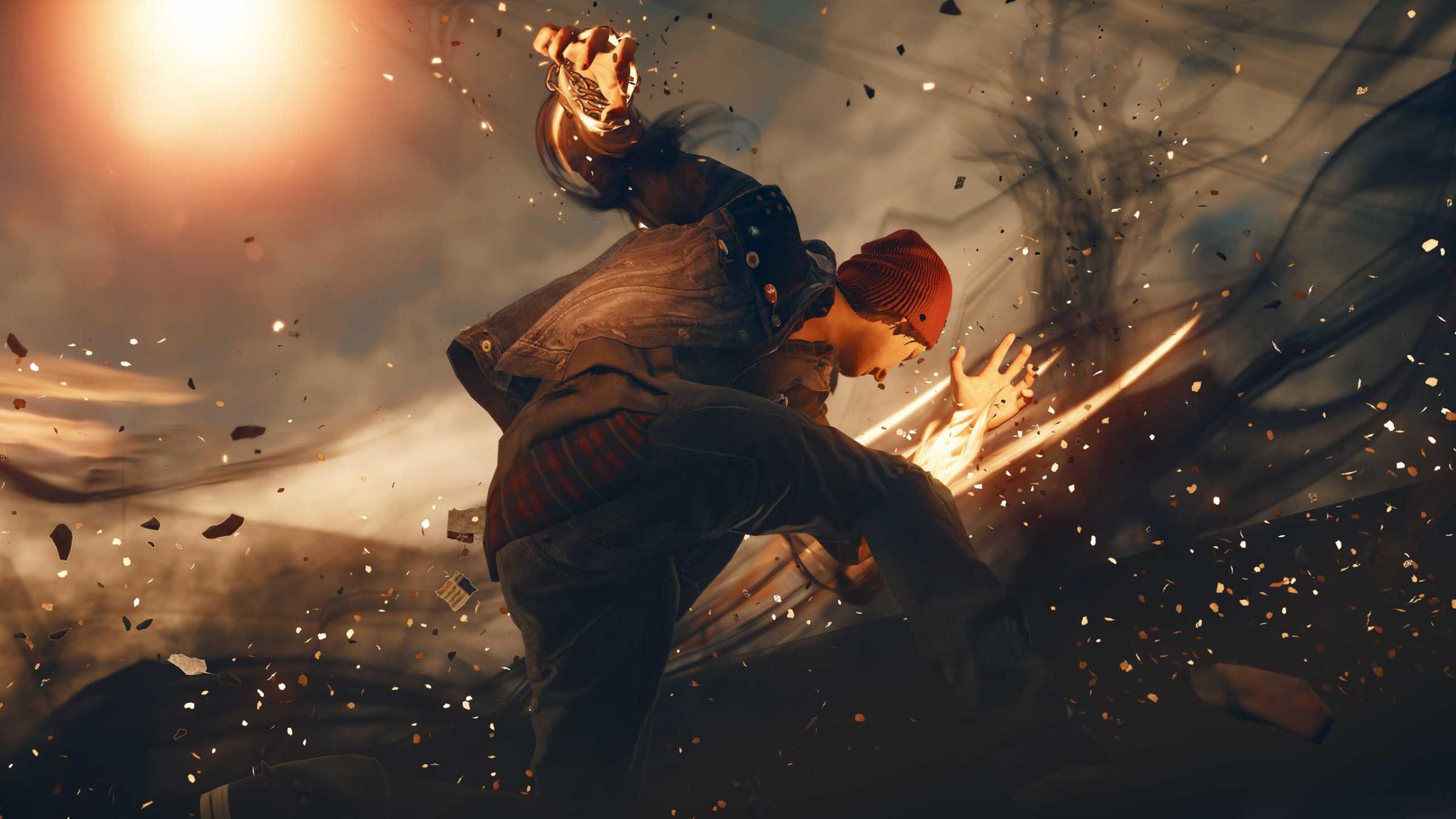
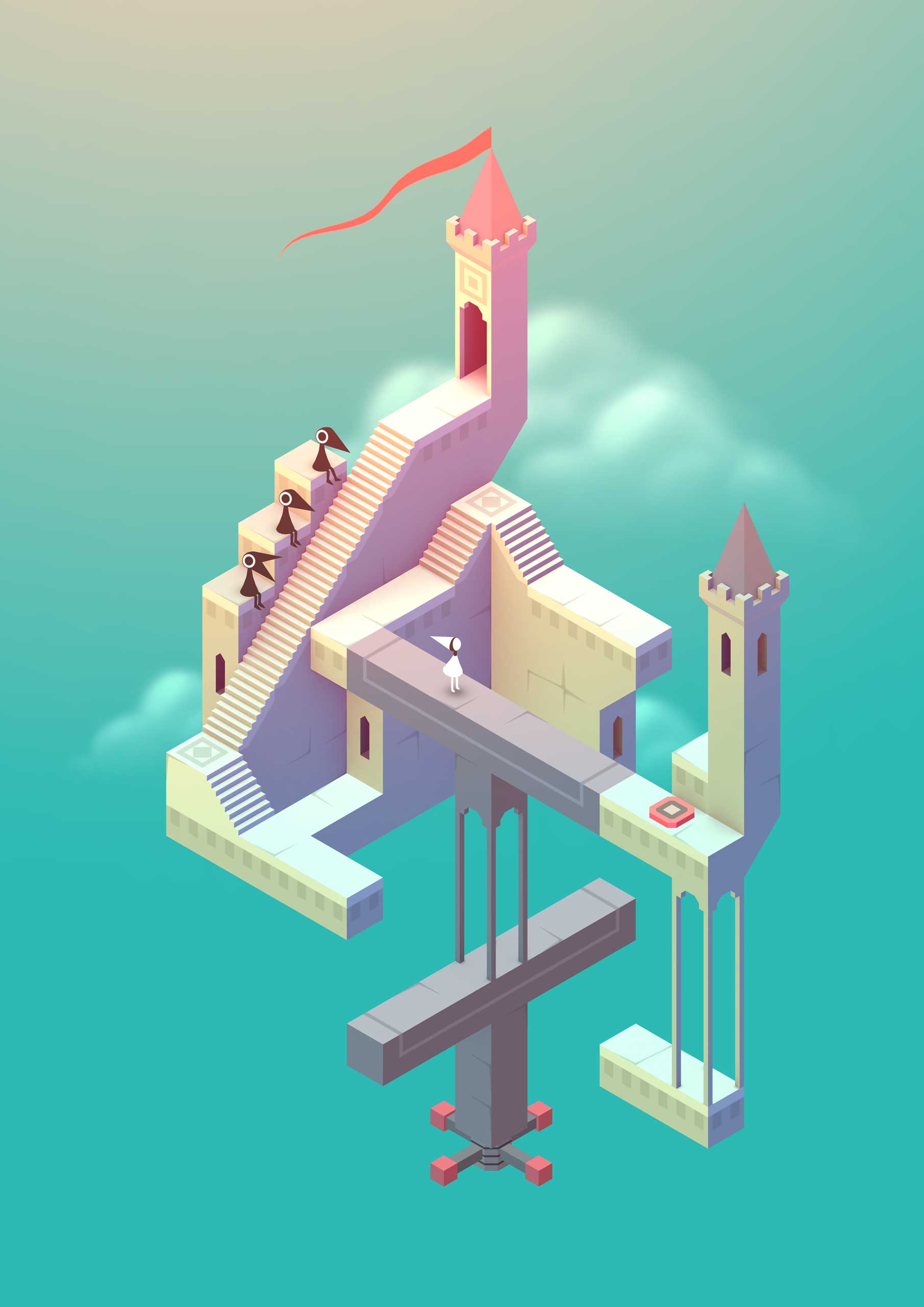

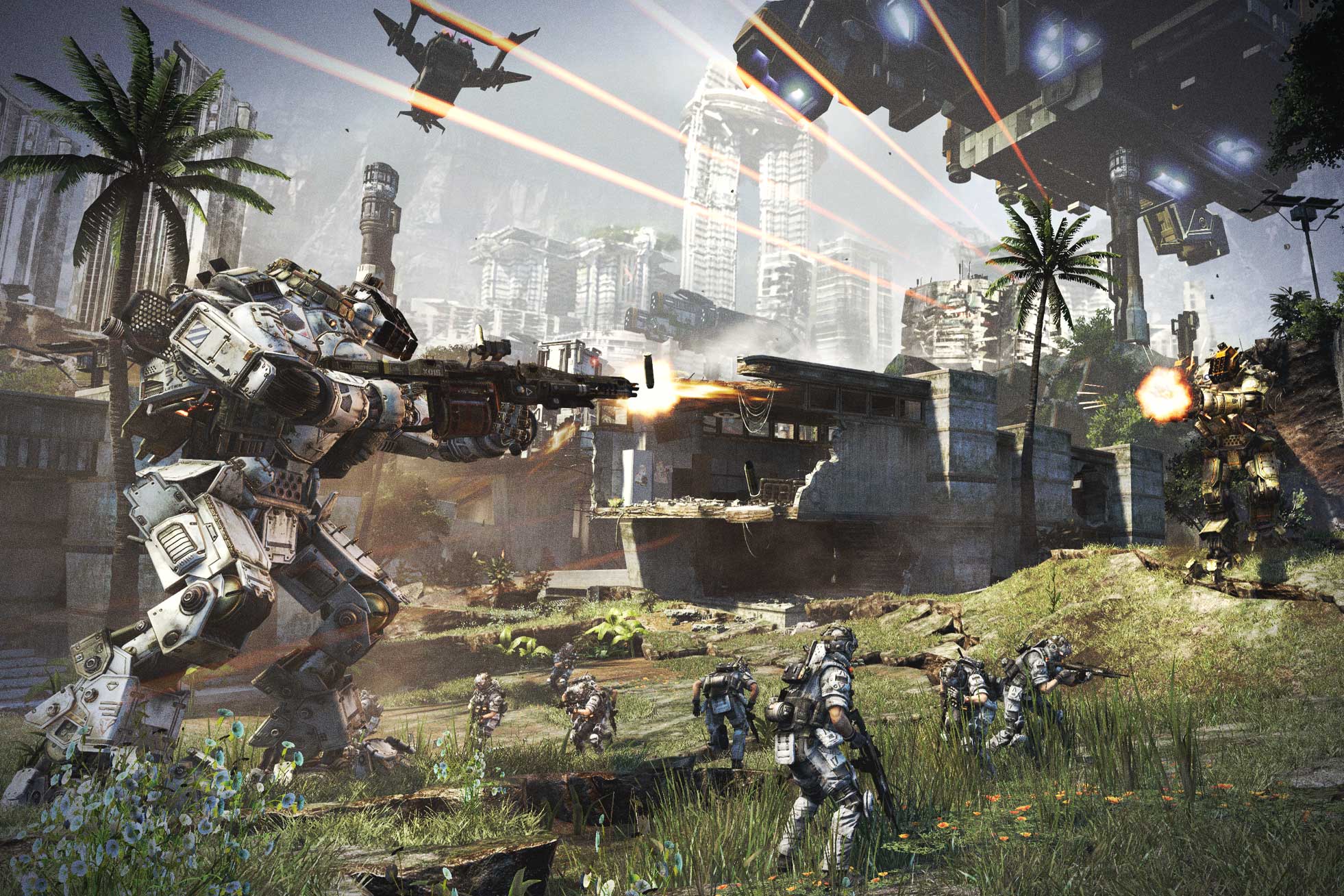
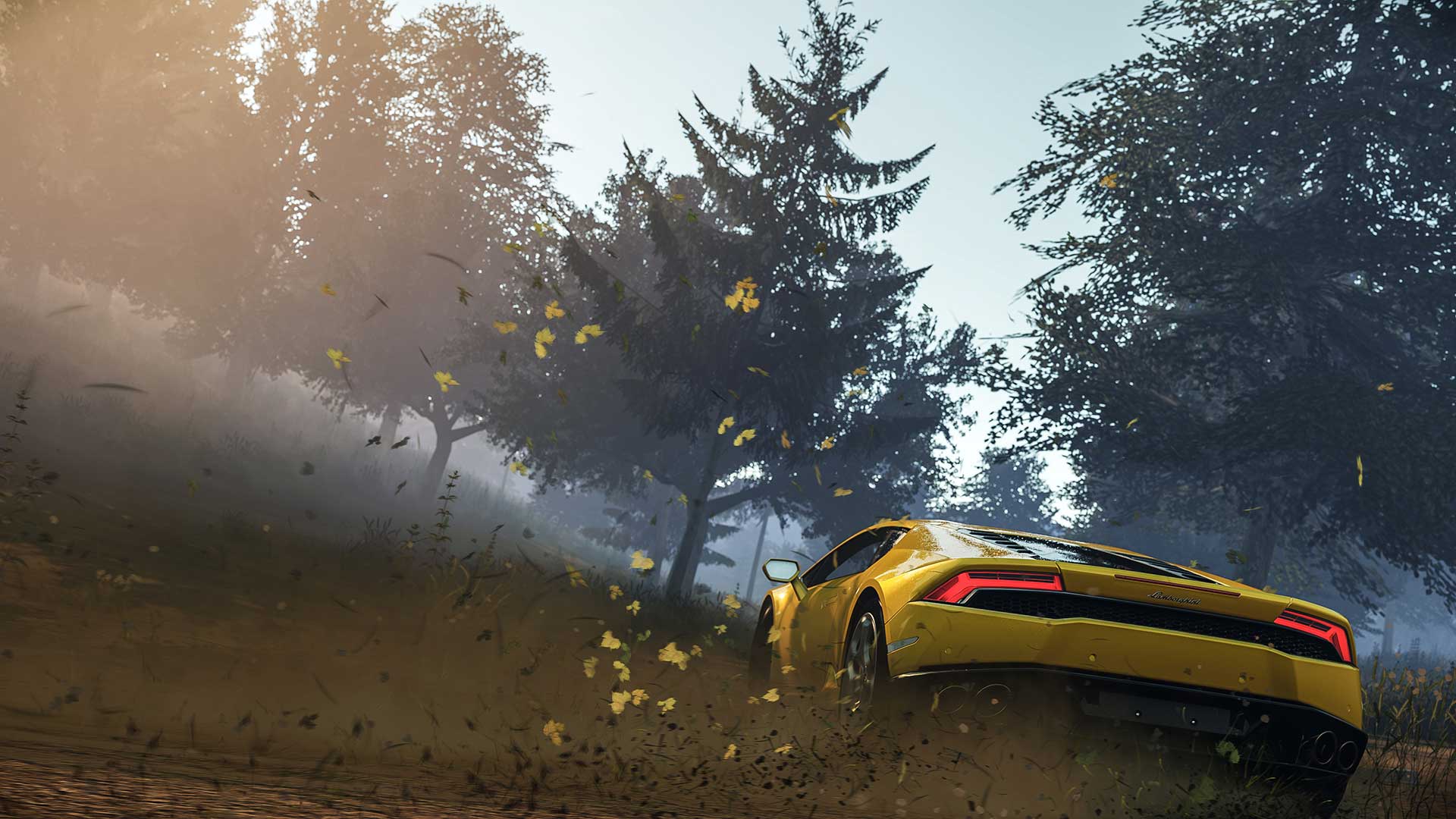

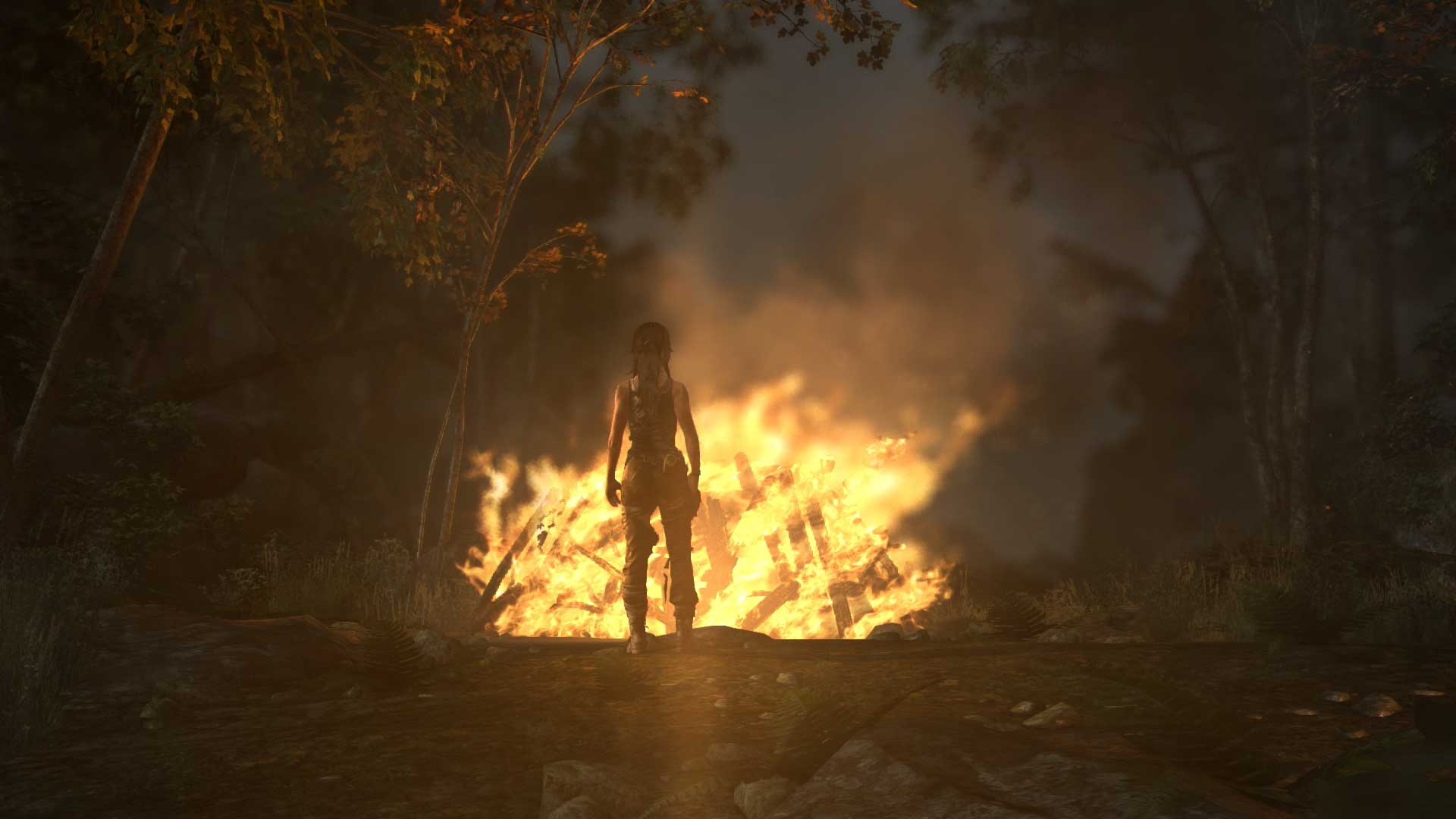
It looks like a Halo game, and that’s just fine
Halo 5‘s preliminary outing doesn’t visually distinguish itself from the remastered Halos, but then I’m not sure it has to, because the older installments already look outstanding in The Master Chief Collection. (That, and I’m sure 343 Industries wants to save the visual surprises for the final version, due next fall.)
Of the two maps, “Truth” is less interesting, but only because it’s a remake of “Midship,” a purple-blue Halo 2 multilevel maze set aboard a Covenant warship that’s been rejiggered for each of the subsequent games. “Empire” is the newcomer here, a graphically quotidian building-scape that’s no more vertical than Truth (which also has multiple levels), but harbors elevated nooks and high-up hiding spaces.
The first two maps are small but geometrically nuanced
Vets can probably say (and doubtless grouse) far more about the level design, but I’m digging what I’ve seen in the two launch arenas, from their insidious chokepoints to the cleverly positioned sight lines to the proportionate placement of spawn-in weaponry. And the special weapons–an Elite power sword in “Truth,” sniper rifles that spawn periodically in “Empire”–force you to double down on effective map control, encouraging your team to come together quickly and function as a cohesive unit.
The stuff I’m less jazzed about
The jury’s still out on “smart scope”
Call a spade a spade: probably because better players (than me) keep using this feature during aerial jumps at some distance or with sniper rifles for one-shot executions (read: mine). Still, it seems a little balance-questionable to let Spartans pick up anything from standard issue weapons to the most powerful gunnery, then quick-zoom-fire without mobility penalties and thus, since the ballistic spread is concentrated at a distance, with far more devastating accuracy.
I prefer there to be some penalty for at least some not-long-range weapons fired from a distance to prevent the game from devolving into an “everyone’s headshotting from a distance” match. Again, to be fair, I didn’t witness the latter happening, and the maps were busy enough sightline-wise to discourage it, so let’s call this more of a potential concern.
Thrusting may be a maneuver too far
For a Halo game, anyway: it’s like blocking in Super Smash Bros., where you know the feature’s there, you know it’s clearly capable of helping, but you’re always forgetting to use it–or having trouble using it effectively while juggling everything else. I’ll cop to my own Halo-ish biases (including a strong preference for fewer abilities in frenetic arena-style maps) being the potential issue here.
The voice acting makes the game feel too much like a game show
I’m totally into all the new information–as noted above, it’s often crucial, hands-free feedback. But the voices sounds a little too Smash TV at this point, a little too goofball and overtly eSports beholden. Hopefully those voiceovers are just placeholders, and there’s still plenty of space between now and the full launch this fall for debate over specificity (which things warrant callouts), their frequency and the voiceover personality types.
The Halo Channel could use a tune-up
It looks slick and comes loaded with scads of Halo-related indulgences, but navigation is sluggish: the menubar marker lags badly, scrolling text chugs into place and you’ll lose your place altogether if you move the navigation cursor too fast. I’d rather half (or have none of) the visual ornamentation, if it made the interface respond better. At this point, it’s like using Safari under OS X Yosemite on my 2014 Retina MacBook Pro. (Note: the Halo Channel isn’t beta specific–it launched independently in mid-November–but it’s woven into and comments on the beta experience, thus my inclusion of it here.)
The ads in the Halo Channel cheapen the experience
Before I could watch “The Sprint,” a series of insightful video vignettes about the Halo 5 multiplayer beta map “Truth,” I had to watch an un-skipable ad for the U.S. Navy. I play (and happily pay for) games (or game features) to get away from this stuff, and it’s a shame to see Microsoft muddying its Halo-verse by periodically dragging you out of it.
More Must-Reads From TIME
- Dua Lipa Manifested All of This
- Exclusive: Google Workers Revolt Over $1.2 Billion Contract With Israel
- Stop Looking for Your Forever Home
- The Sympathizer Counters 50 Years of Hollywood Vietnam War Narratives
- The Bliss of Seeing the Eclipse From Cleveland
- Hormonal Birth Control Doesn’t Deserve Its Bad Reputation
- The Best TV Shows to Watch on Peacock
- Want Weekly Recs on What to Watch, Read, and More? Sign Up for Worth Your Time
Write to Matt Peckham at matt.peckham@time.com